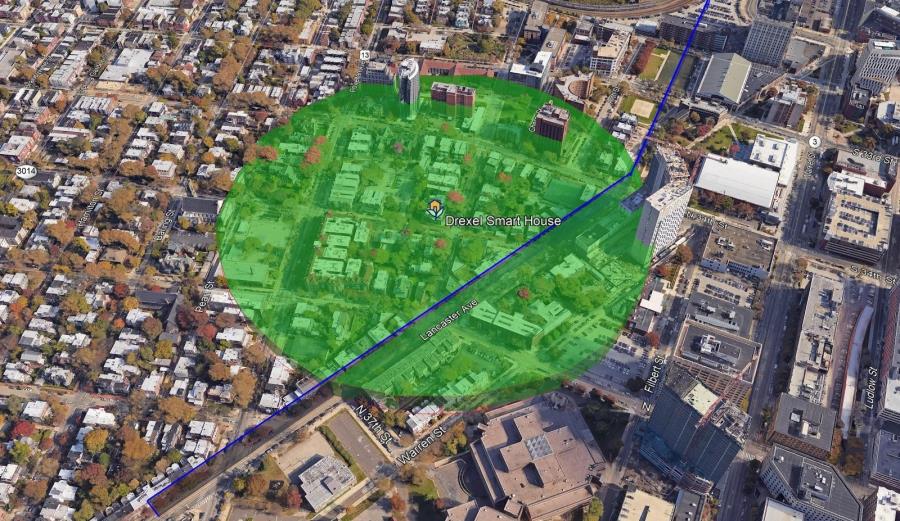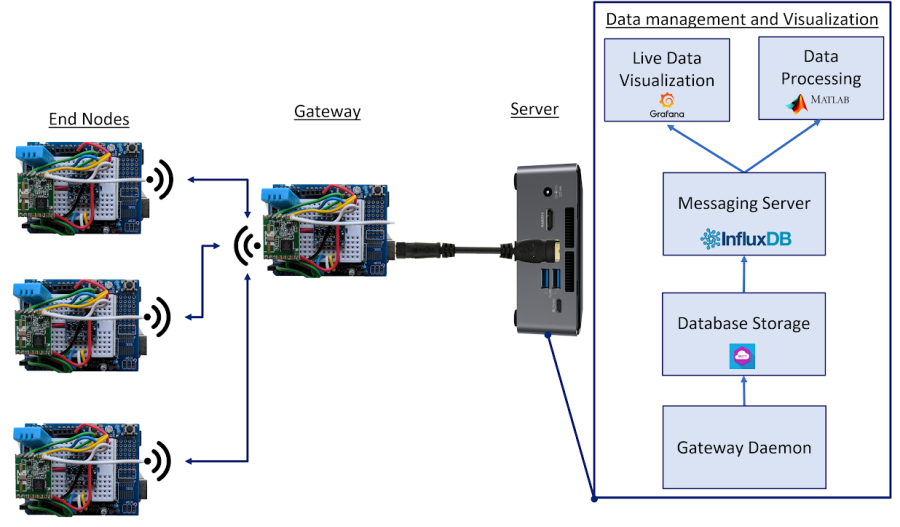DragonHome Network

Overview
The exponential growth of wireless communications markets around the world has allowed users from all corners of the globe to share data almost instantaneously. However, managing the collection and transmission of data from multiple devices connected in small, confined networks presents major challenges. The futuristic ideal of having millions of interconnected "things" (inanimate objects, devices, communities, and environments) that have the ability to sense, communicate, network, and produce mass amounts of data that can be utilized in a novel way is known as the Internet of Things (IoT). Automation, environmental analysis, and health and safety awareness are large areas of study that can benefit from IoT networks, but issues with compatibility, versatility, and cost inhibit implementation of such networks.
Objective
The purpose of this project is to create an inexpensive, robust, low-power IoT sensor network to serve as an easily implementable model for individuals, communities, and cities. Additionally, the network can serve as a tool within other areas of research for experimentation and QA analysis. The foundation of this system was successfully created using Arduino-based processing in tandem with packet radios that communicate over sub-GHz frequency bands. Ethernet data packet management was done using MQ Telemetry Transport (MQTT) and data visualization was performed with Grafana and MATLAB. This network also utilizes InfluxDB to store and manage data effectively.
Features
- Packet transmission up to 200 meters
- The DragonHome Network can cover 100% of Drexel’s campus with only two Network can cover 100% of Drexel’s campus with only two gateways
- The cost of a small, 20-node network is around $200, making the cost comparable to a single smart thermostat comparable
- This network can monitor and control HVAC more efficiently and is flexible!
- Modular enough to include hundreds of different types sensors for wide-ranging applications

Future Plans
Future plans include a full upgrade to small, battery-powered LoRa sensor nodes, Many of our resources will be devoted to feasibility for hardware-level custom gateway and sensor node design, bringing the sensor network closer to a patented design. Additionally, the team will be focused on product considerations, moving the project closer to a finished product. Since we recently got external funding, we do not plan to look for more in the near future.
Questions?
Contact: Project Lead, Joshua Cohen @ jgc74@drexel.edu